Smart Water Quality Sensor-Enabled Farm Management Software Solutions
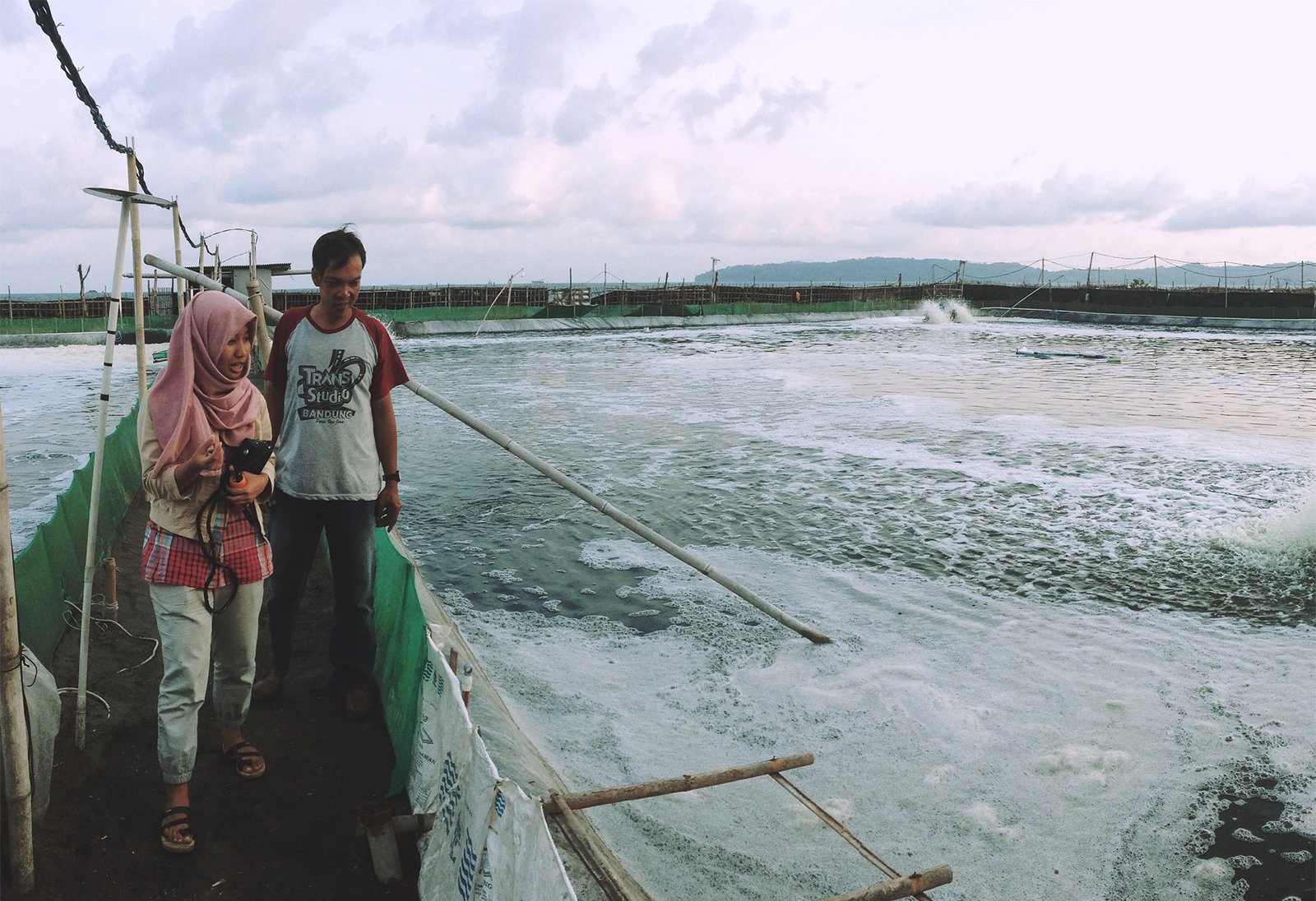
Despite its many control measures, aquaculture has its share of mysteries. It is, after all, the management of a living inventory existing in an underwater world that provides limited visibility to its air-breathing caretakers. Because any insights into these aquatic environments are valuable, emerging “smart” water quality sensors – devices that measure key variables like temperature, salinity, pH and dissolved oxygen and then digitally relay that data to a technician or farm manager in real time – could be a game-changer. If key parameters suddenly change, smart water quality sensors can prescribe immediate steps to reduce risk. Properly utilized, smart sensors can transform aquaculture into a more data-driven industry that produces more and wastes less.
Dissolved Oxygen Is by Far the Most Important Parameter to Measure
Regular review of production data informs producers when to anticipate problems and change procedures, says Prof. D. Allen Davis of Auburn University. But of all the water quality parameters that these products can monitor, dissolved oxygen (DO) is by far the most important, he argues, because farmers can act on it quickly. On the 16 fully automated shrimp ponds near the coast of Alabama that Davis oversees, DO changes are the only notifications he gets: “Alerts are for low and very low,” he says.
Claude E. Boyd, Ph.D., one of the world’s leading water quality experts, agrees about the importance of oxygen. “It’s oxygen that makes aquaculture ponds productive and producers have devised ways to manage it,” whereas pH levels – which fluctuate throughout the day normally, he adds – are less important, since little action can be taken. “A monitor could make you worry much more than you need to,” he says.
Water quality sensors are more relevant for intensive producers, Boyd believes. To produce intensively, farmers need to use more feed, which cannot be done without mechanical aeration. Any sudden drop in oxygen may cause a crop failure. “To intensify, you have to put oxygen in the water,” Boyd says.
Water Quality Measuring Probes Have Been Around for Decades, but Smart Sensors Ride the Wave of IoT Solutions
While water quality measuring probes for aquaculture have been available for decades – and are typically offered to farmers by feed manufacturers – today’s smart sensors are riding the wave of IoT technology, offering farmers real-time data collection and analysis and sometimes even remote operability. Whereas the monitoring process has long been manual, analog and prone to human error, smart water quality sensors can generate large amounts of data to feed algorithms and farm management software that can transform data into actionable insights. While it’s exciting to envision how smart water quality sensors can help aquaculture to evolve into a truly modernized industry, real hurdles remain in terms of user aptitude and economics.
Alban Caratis, aquaculture operations manager for consulting firm Fresh Studio based in Ho Chi Minh City, explains that in countries like Vietnam, 90 to 95% of shrimp farmers are small-scale with little technological know-how. Most of these producers, he adds, lack the money for expensive devices and would therefore be more likely to accept a monthly subscription fee: “The farmer looks at the market price of the shrimp and the potential profit and sees a device sucking up a lot of that. To invest, they need to understand the value,” he says. By renting instead of leasing, and realizing the direct benefits of using these devices, farmers could be convinced to continue using the device or eventually procure one.
There is so much that we don’t know about the causes of diseases and getting a better grip on the association between water quality and diseases or productivity would really help.
Tailor-Made Business Models Might Drive Adoption Among Different Types of Farmers
Opinion is somewhat split on whether aquaculture ponds need fixed sensors that collect data on a continuous basis. Some shrimp farming experts in Asia argue that handheld devices that collect and upload data and which can be moved from pond to pond are sufficient, while others say such movement is a biosecurity risk for the animals and is simply prone to human error or carelessness. Further, while some view the price of permanently deployed water quality sensors as too high for small-scale producers or only feasible if packaged with another service, like automated feeders, others argue that smart farms’ energy savings are significant for farmers of all sizes.
Larger producers could see high-level benefits from the technology if more detailed production data is required for certification programs or traceability initiatives, Caratis adds. “And if these tools can help independent farmers become more productive and use less antibiotics, that’s less of a headache” for both larger suppliers and their marketplace partners, he says. If larger corporations provide sensors to smaller farmers in their supply network, it could benefit all parties.
David Kawahigashi, owner and founder of Vannamei 101, a shrimp-farming consulting firm providing technology and training opportunities to producers around the world, agrees that handheld devices may be more efficient than fixed sensors. They also may be best suited for larger operations. “If a farmer has 100 ponds, each pond would need a probe and then you’d have to wire it all up,” he says. “And anything you leave in a pond gets covered with algae, which would affect the reading” and require near-constant maintenance. “With a handheld device, you stick it in, take it out, go to the next pond. Automated equipment stays in the water all the time. And it’s sending tons of data to your phone you may or may not be using.”
Francois Vervial, COO at AquaEasy, an IoT solution for water quality management from tech company Bosch, seconds this notion. His company relies on trained personnel to carry out measurements with a handheld device ideally two or three times a day. According to Vervial, most water quality parameters don’t require real-time data. “It doesn’t make sense. The physics of the pond don’t move so fast,” he says.
Fabian Reusch, founder and market development lead for HydroNeo, a smart aquaculture firm based in Thailand, disagrees and adds that energy savings for a fully automated farm cannot be disregarded: “Without fixed sensors, automation of the very energy-consuming aerators cannot be done. With our 24/7 system, we can save between 15 and 50% of energy. In changing weather conditions or towards the end of the production cycle when maximum carrying capacity of the pond is reached, monitoring two times per day might not be enough.”
The Benefits of a Fully Integrated IoT-Enabled Farm Go Beyond Yields and Profits
While the appetite for a modern, digital solution like this may be out of reach for what AquaEasy’s Vervial describes as the “first generation” of shrimp farmers, future generations, who will be used to doing everything on their smartphones already, may be more receptive. Reusch thinks that smart farms systems can make running the family farm more attractive to younger people, who prefer tech-related jobs. “We have several cases where the parents bought our systems for their children and then also handed over responsibility of the pond to them,” he says.
Liris Maduningtyas, CEO of Jala Tech in Indonesia, explains that her company offers a free farm management service for small farmers but admits that its Baruno smart water quality meter represents an investment: 28.4m Indonesian rupiah (roughly $2,000). This may be a steep price for many farmers, but she argues they need to realize that the benefits of a fully connected IoT-enabled farm go beyond better yields and profits. “For example, the collected data can be used as credit scoring to help the farmer financially or even precisely predict harvest volume. Some farmers secure deals from investors after showing their farms are online through our apps,” she says. Obstacles of technology literacy, infrastructure, internet accessibility and overall trust can be overcome, she adds, “if [technology] makes their lives easier.”
Flavio Corsin, director of partnerships at Aqua-Spark, takes it a step further and says that IoT-enabled technology can not only optimize farms, but it can also play a big role in preventing infectious diseases, which have cost the industry dearly over the past few decades. He emphasizes that the benefits of water quality sensors being a part of a farm management platform depend on what can be done with the data. “There is so much that we don’t know about the causes of diseases and getting a better grip on the association between water quality and diseases or productivity would really help,” he says.
During Corsin’s Ph.D. research in epidemiology on shrimp farms in Vietnam in the 1990s, a focus was identifying the factors that caused white spot disease (WSD). His team noticed that drops in water temperature preceded outbreaks, despite temperatures remaining within the suitable range for shrimp. “At that time, we were not sure if temperature was the real cause or if changing the water, which may also reduce water temperature, was the trigger. Several years later, experimental studies in a lab found that indeed lower temperature increases WSD mortality and virus replication,” Corsin says. “If we had water quality data loggers at that time, we would have figured this out and saved millions, if not billions, of dollars.”
Now that you've reached the end of the article ...
… please consider supporting GSA’s mission to advance responsible seafood practices through education, advocacy and third-party assurances. The Advocate aims to document the evolution of responsible seafood practices and share the expansive knowledge of our vast network of contributors.
By becoming a Global Seafood Alliance member, you’re ensuring that all of the pre-competitive work we do through member benefits, resources and events can continue. Individual membership costs just $50 a year.
Not a GSA member? Join us.
Author
-

James Wright
Editorial Manager
Global Seafood Alliance
Portsmouth, NH, USA[103,114,111,46,100,111,111,102,97,101,115,108,97,98,111,108,103,64,116,104,103,105,114,119,46,115,101,109,97,106]
Tagged With
Related Posts
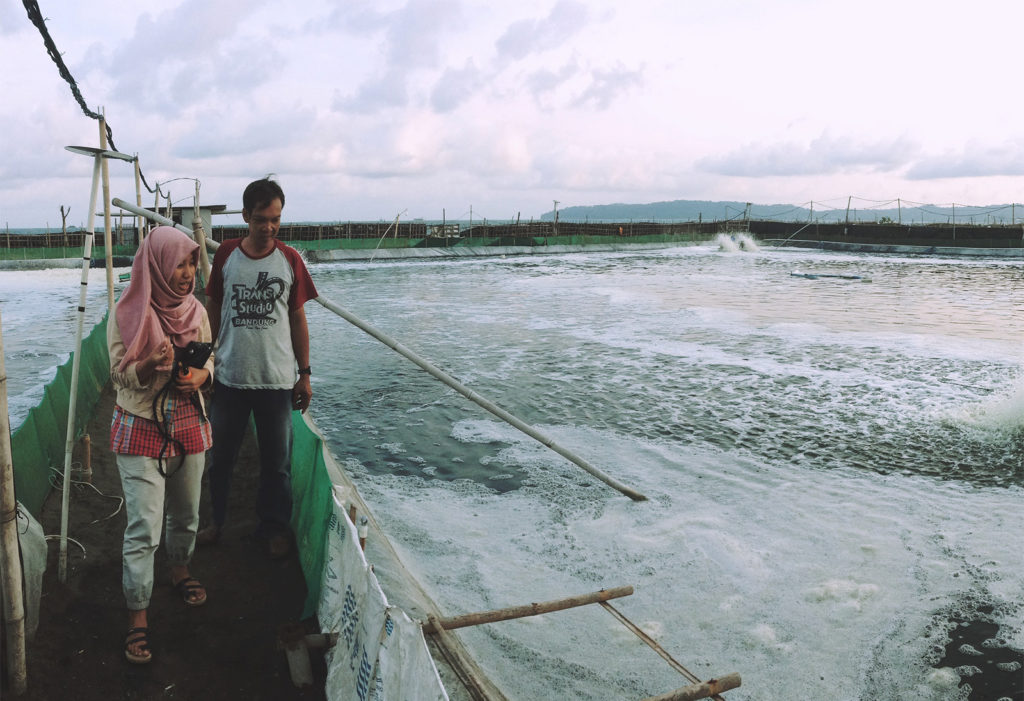
Innovation & Investment
JALA engineering innovation for Indonesian shrimp farmers
A company in Indonesia hopes the vast network of shrimp farms throughout the country will adopt its IoT device, particularly when they’re on the go.
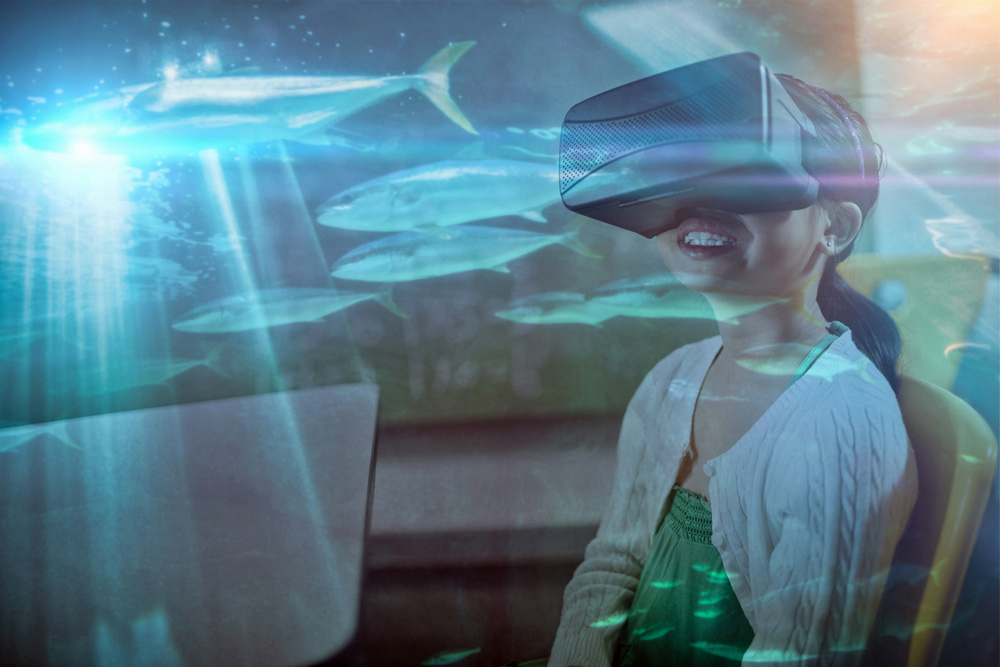
Innovation & Investment
Eight digital technologies disrupting aquaculture
Eight digital technologies are disrupting aquaculture and having a profound impact on the way business operates – even displacing some established ones.
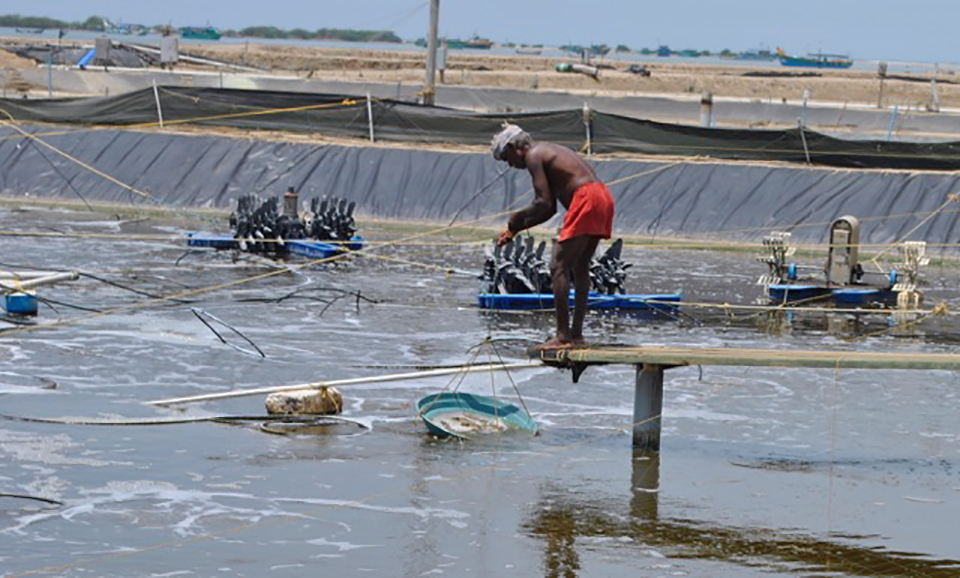
Innovation & Investment
If it’s broken, fix it: Startup takes on shrimp industry in India
A serial tech entrepreneur and a shrimp trader want to be Amazon for India’s shrimp farming industry. An accelerator program half a world away has brought them closer to their goals.
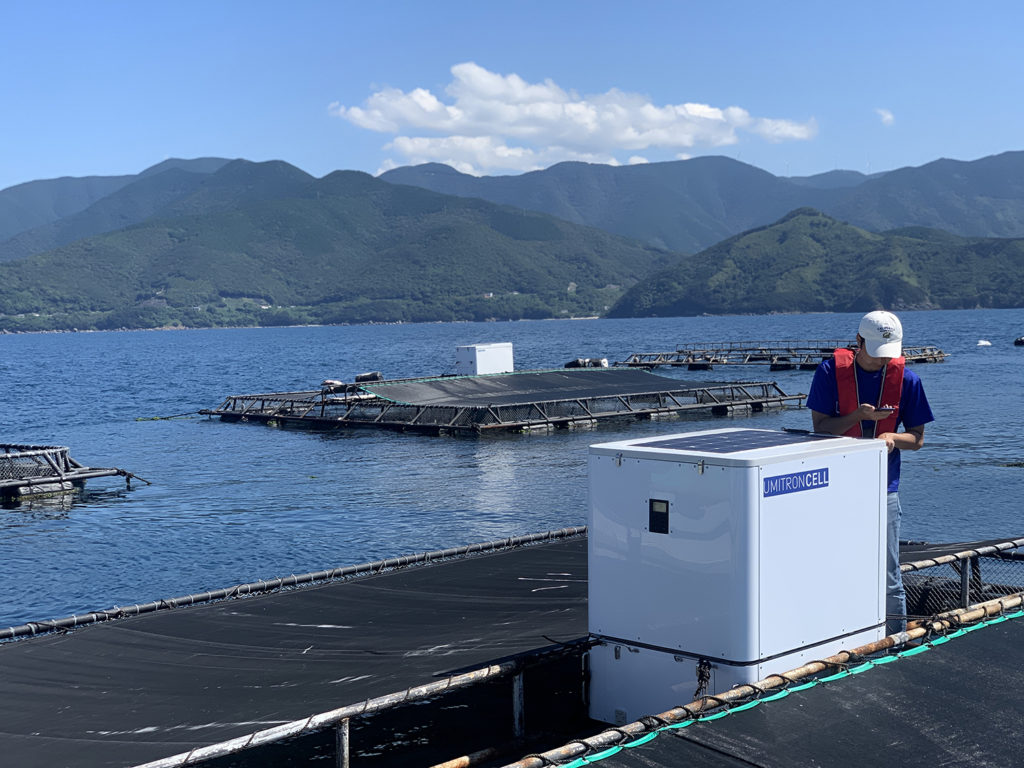
Innovation & Investment
Can aquaculture go all-in on AI?
Progressive aquaculture companies are harnessing the power of artificial intelligence (AI) from firms like Umitron and Aquaconnect to improve operations.

